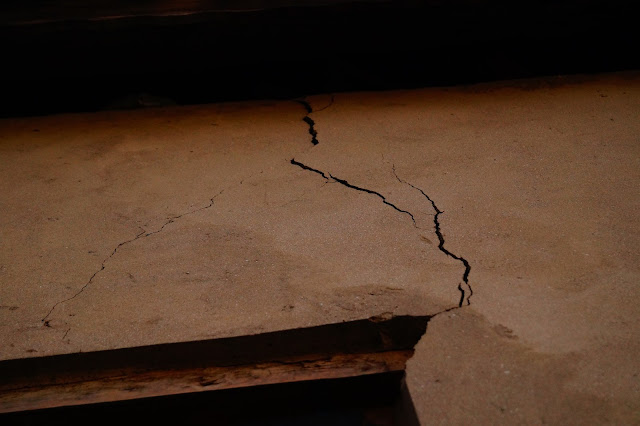BY
PART 4
(UN) CONVENTIONAL MAPPINGS
NIRDOSH KUMAR AND DEEPIKA RAWAT
PART 4
(UN) CONVENTIONAL MAPPINGS
The relationship
between man and environment has been established in the early periods itself.
Human beings live in the kingdom of nature and interact with it constantly. The
influence of nature is in the form of the air he breathes, the water he drinks,
the food he eats and the flow of energy and information.
Nature
is seen as a means of self- sustenance
Ploughing of fields through traditional method.
(Shalwad village of Parbati valley,Kullu,Himachal Pradesh)
Collecting water
from perennial aquifer.
(Melghat tiger reserve, Maharashtra)
Local material
like bamboo being used as construction of houses in tribal villages.
(Marita village inside Melghat Tiger Reserve, Maharashtra )
Drying of
chillies for self consumption
(Kannaun village, Parbati valley,Kullu, Himachal Pradesh)
(Kannaun village, Parbati valley,Kullu, Himachal Pradesh)
Nature
is seen as a means of livelihood
Mahua production is a
means of livelihood for the people near Melghat region.
(Marita village inside Melghat tiger
reserve, Maharashtra)
Local
seed preparation:
Some part of harvest is saved for next season sowing, which
reduces dependency on markets.
(Shoal village, Parbati valley,Himachal Pradesh)
Ash from household cooking and other sources (image below)and waste from animals and household is used as manure (later image) in fields to increase productivity.
(Shalwad village, Parbati valley, Himachal Pradesh)
Environment and Development
The environment is where we live and development is what we all do in an attempt to improve our comforts within that abode. Any change in the environment can not only result in devastating effects but can also pose a threat to the human race.
Western perspectives of
development have been superimposed universally which are more market and profit
oriented, focusing only upon a small group of influential people and those
living in harmony with nature are considered as primitive and backward and are
marginalised in the name of development.
Earlier, fuel wood collection was done for cooking food without actually harming the environment.
(Shalwad village, Himachal Pradesh)
But over the years, due to commodification, consumerism and infrastructural development, this has led to timber collection involving reckless cutting of trees and eventually deterioration of the environment.
Traditionally, houses were built using local resources i.e. wooden logs and stones; they were safe, but as the houses started building from concrete, complications and difficulties began to persist as they were more vulnerable to natural hazards and disasters.
The house is being constructed
from local material which is suitable according to local condition (image above) whereas
house constructed with modern material (image below) has developed cracks.
(Kannaun village, Parbati valley)
Due to development, traditional houses were replaced by concrete structures which have posed a severe threat to natural environment.
(Sainj, Kullu, Himachal Pradesh)
The construction of dam in ecologically sensitive area has led to several
ecological problems.
(Khadoha village, Kullu, Himachal Pradesh)
(Khadoha village, Kullu, Himachal Pradesh)
Need
for Awareness
Due to human
interventions, environment is deteriorating at a very large scale. Building
citizen’s awareness for environmental conservation is very important nowadays.
The environmental crisis is now entering a phase which is very alarming. Nature
is not only for human beings but it also supports millions of other species.
Therefore, we need to save the environment to save ourselves and all the other
living beings.
(Dehradoon, Uttarakhand)
(Udaipur, Rajasthan)
(Both images from Melghat tiger reserve, Maharastra)
Whenever western perspectives of development comes in way of traditional societies and nature, then ecological degradation starts. In the process of development, indigenous knowledge is being neglected and instead of getting benefitted by this development, they become victims of these developmental processes. With continuous marginalization and negligence, people do not feel connected to these developmental processes and there comes a time when people get agitated and a need for socio- environment movement is felt amongst them.
Author's Bio- Note:
Nirdosh and Deepika are currently pursuing their Masters in Geography from Department of Geography, Delhi School of Economics, University of Delhi.





















































